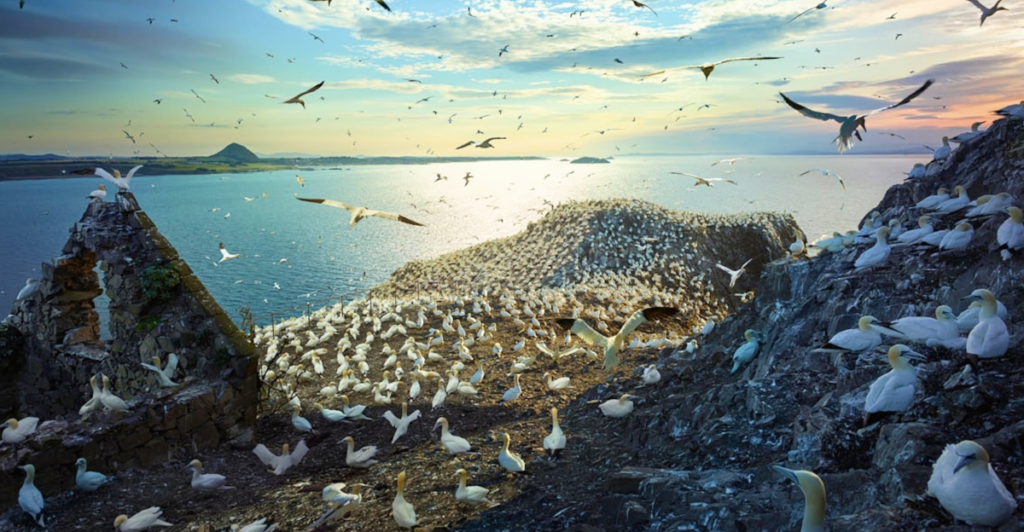
As global temperatures rise, certain animals undergo morphological changes—”shapeshifting.” Species such as Australian parrots have been observed developing larger beaks, which aid in dissipating body heat more effectively. Similarly, some mammals exhibit increased ear and tail sizes to enhance heat loss. These physical alterations underscore the direct impact of climate change on animal physiology.
Behavioral Adaptations: Shifts in Activity Patterns
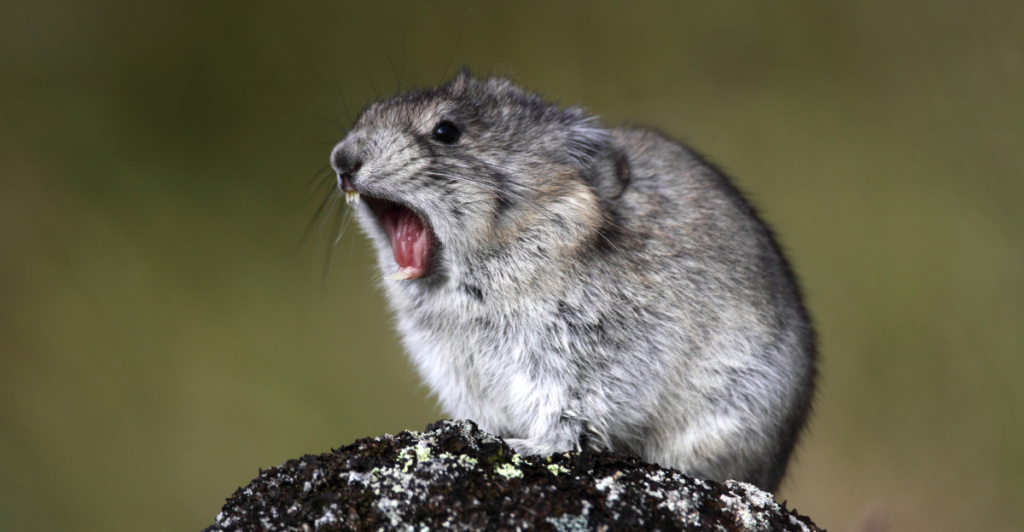
Climate change is influencing the behavior of various species. For instance, the American pika, a small mammal residing in mountainous regions, has adjusted its foraging habits to more extraordinary times of the day to avoid heat stress. Such behavioral shifts are essential for survival as habitats become warmer, highlighting the importance of flexibility in daily routines.
Range Shifts: Migration to Cooler Climates
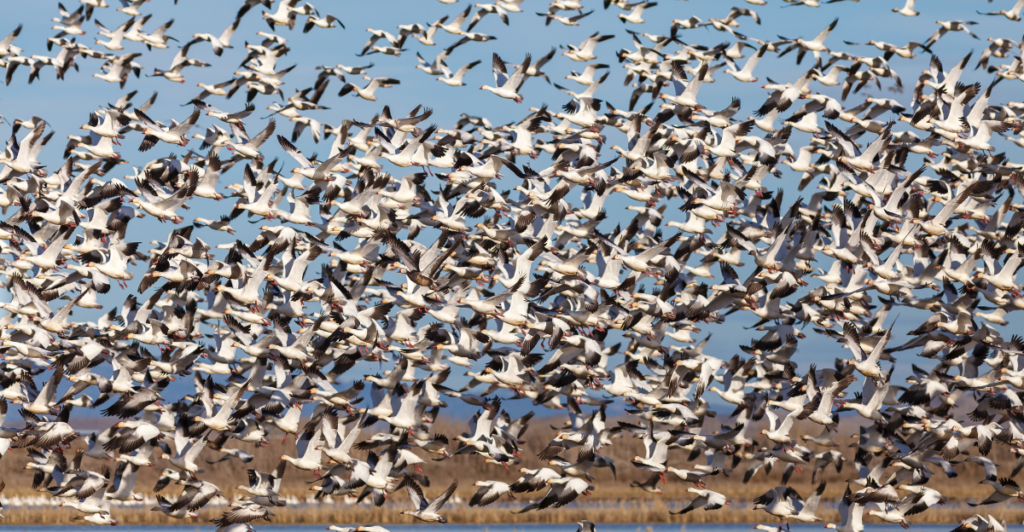
Many species are relocating to higher altitudes or latitudes in response to rising temperatures. Birds, in particular, are establishing new migration routes and breeding grounds as warming temperatures open up previously uninhabitable areas. This movement allows them to find suitable habitats but poses challenges, such as increased competition and the need for new food sources.
Altered Reproductive Timing: Phenological Changes
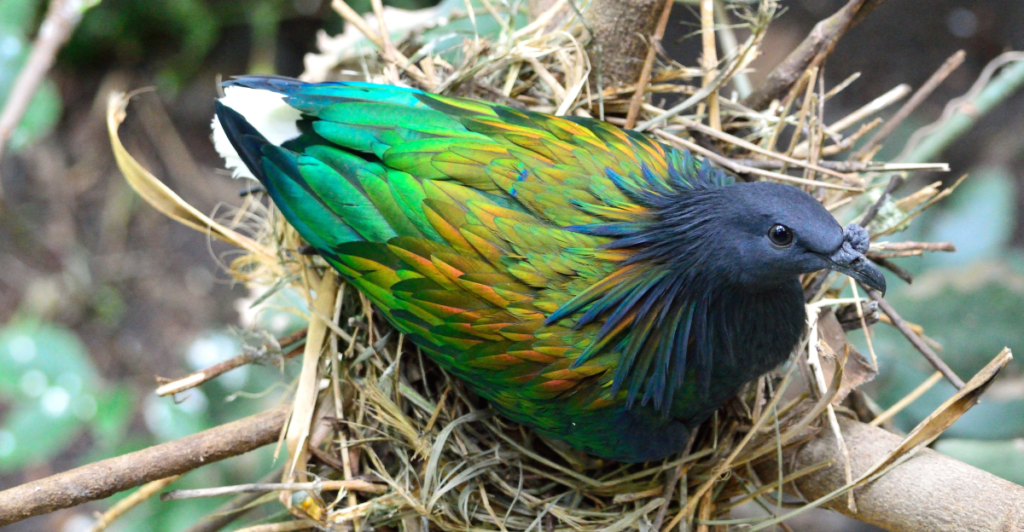
Climate changes have led to shifts in the timing of reproductive events for some species. For example, certain bird species are nesting earlier in the season to align with the availability of food resources. This adjustment helps ensure that their offspring have adequate nutrition but may also lead to mismatches if food availability does not align with new breeding times.
Physiological Adaptations: Thermoregulatory Flexibility
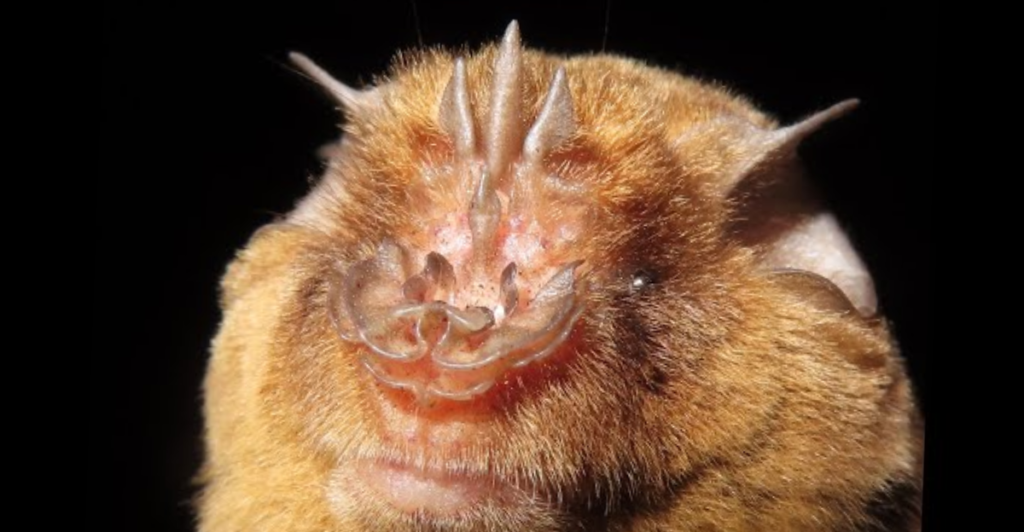
Some animals exhibit physiological changes to cope with temperature fluctuations. The Malagasy bat species Triaenops menamena demonstrates adaptive thermoregulatory flexibility, adjusting its metabolic rate and body temperature in response to varying environmental conditions. This ability to modulate bodily functions is crucial for energy conservation and survival amid changing climates.
Hybridization: Emergence of New Species
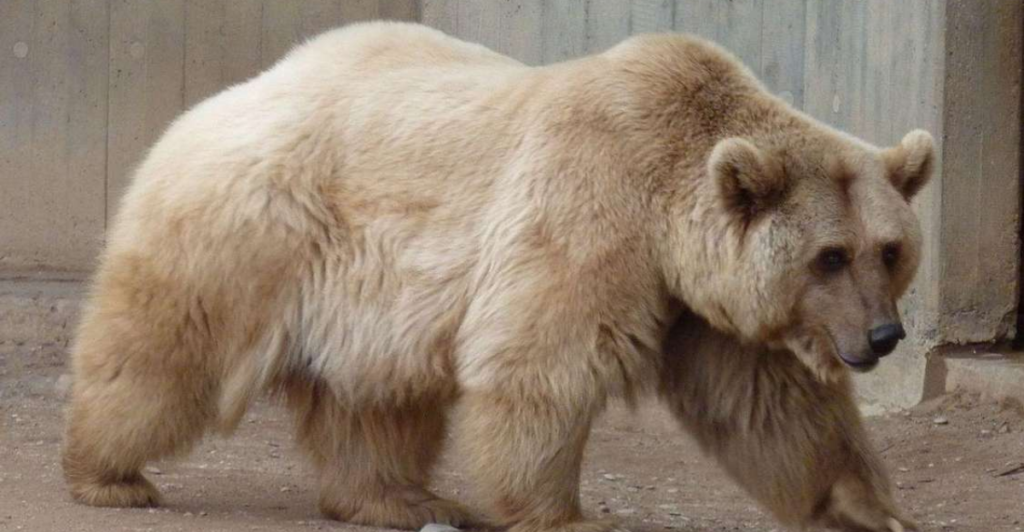
Climate-induced habitat changes are causing overlaps in species distributions, leading to hybridization. A notable example is the “grolar bear,” a hybrid between grizzly and polar bears, resulting from overlapping habitats due to melting Arctic ice. While hybridization can introduce new genetic variations, it raises concerns about preserving distinct species.
Genetic Adaptations: Evolutionary Responses

Some species are undergoing genetic changes to better cope with new environmental pressures. Studies have shown that certain corals possess genetic variations that make them more resistant to higher temperatures, offering hope for reef survival. These evolutionary responses highlight the potential for genetic resilience but also emphasize the need for conservation efforts to support such adaptations.
Changes in Physical Appearance: Duller Coloration

Research indicates that some bird species exhibit less vibrant coloration over time, potentially as a response to rising temperatures. In Mediterranean blue tits, both males and females have shown a decrease in the brightness and intensity of their plumage over 15 years. This change is associated with increasing temperatures during molting seasons, suggesting a plastic response to environmental conditions.
Lessons in Resilience: Insights from Animal Adaptations
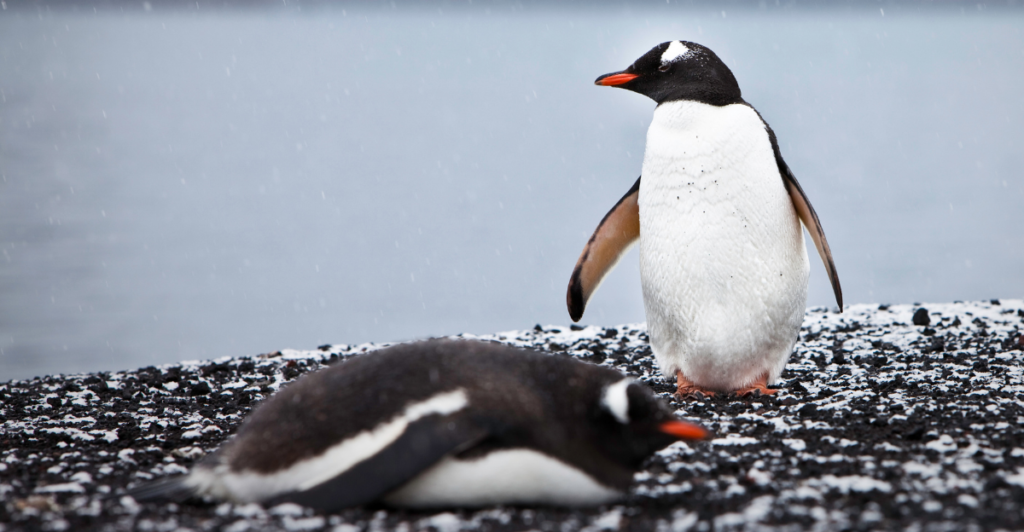
The diverse strategies animals employ to adapt to climate change offer valuable lessons in resilience. These adaptations underscore the importance of flexibility, innovation, and adjusting to new realities. Understanding these natural responses can inform conservation efforts and inspire human strategies to address environmental challenges.
The Role of Conservation: Supporting Adaptive Capacity
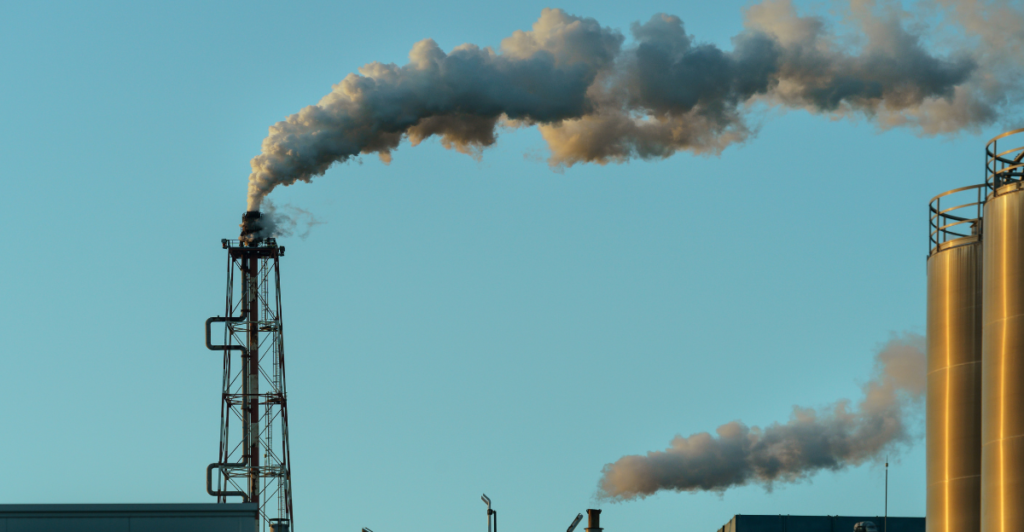
While many species exhibit remarkable adaptability, human intervention through conservation is crucial to supporting these natural processes. Protecting habitats, reducing greenhouse gas emissions, and fostering biodiversity can enhance wildlife’s capacity to adapt to changing conditions. Collaborative efforts between scientists, policymakers, and communities are essential to mitigate the impacts of climate change on biodiversity.
The Importance of Monitoring: Tracking Changes in Wildlife
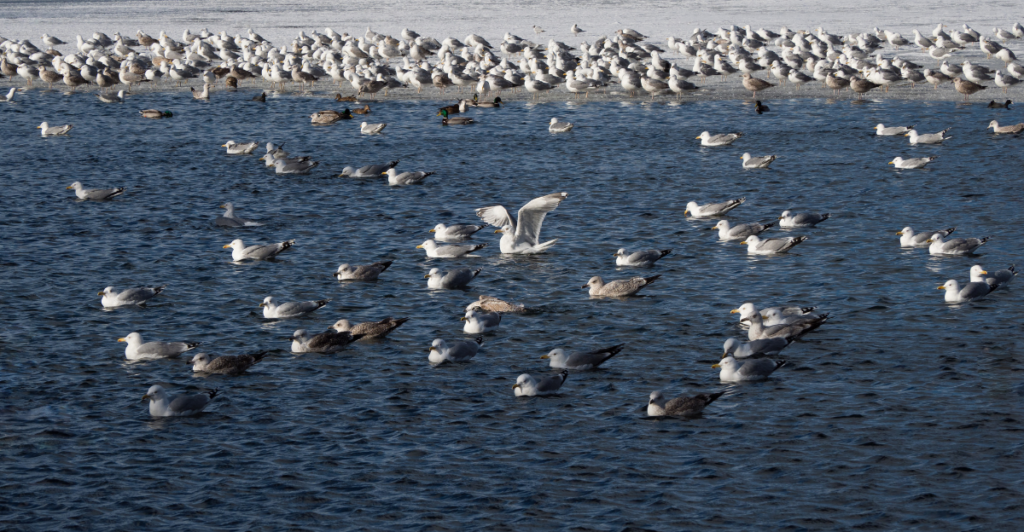
Monitoring wildlife populations is vital to understanding climate change’s impacts and the effectiveness of adaptation strategies. Long-term studies provide data on species behavior, physiology, and distribution shifts, informing conservation actions. Engaging in citizen science and supporting research initiatives can contribute to a comprehensive understanding of these dynamics.
Human Responsibility: Mitigating Climate Change

Human activities are a significant driver of climate change; thus, we are responsible for implementing solutions that reduce its impact. Transitioning to renewable energy, promoting sustainable practices, and enforcing environmental policies are critical steps. By addressing the root causes of climate change, we can alleviate pressure on wildlife and support ecosystems’ natural adaptive processes.
A Call to Action: Fostering Coexistence
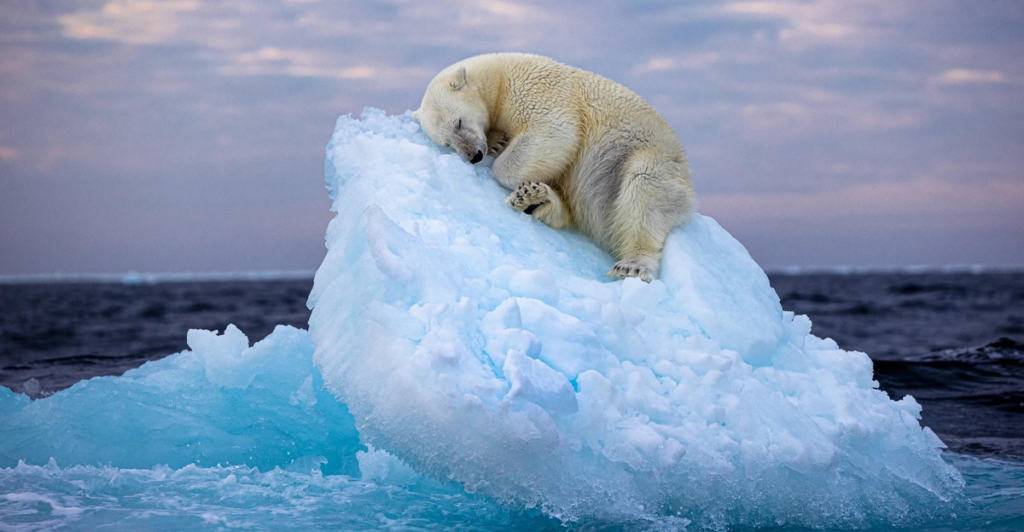
Animals’ adaptive responses to climate change highlight the interconnectedness of all life on Earth. Fostering coexistence involves creating environments where both humans and wildlife can thrive. This includes designing wildlife-friendly urban spaces, preserving natural habitats, and promoting education about biodiversity. Collective action is essential to ensure a sustainable future for all species.







